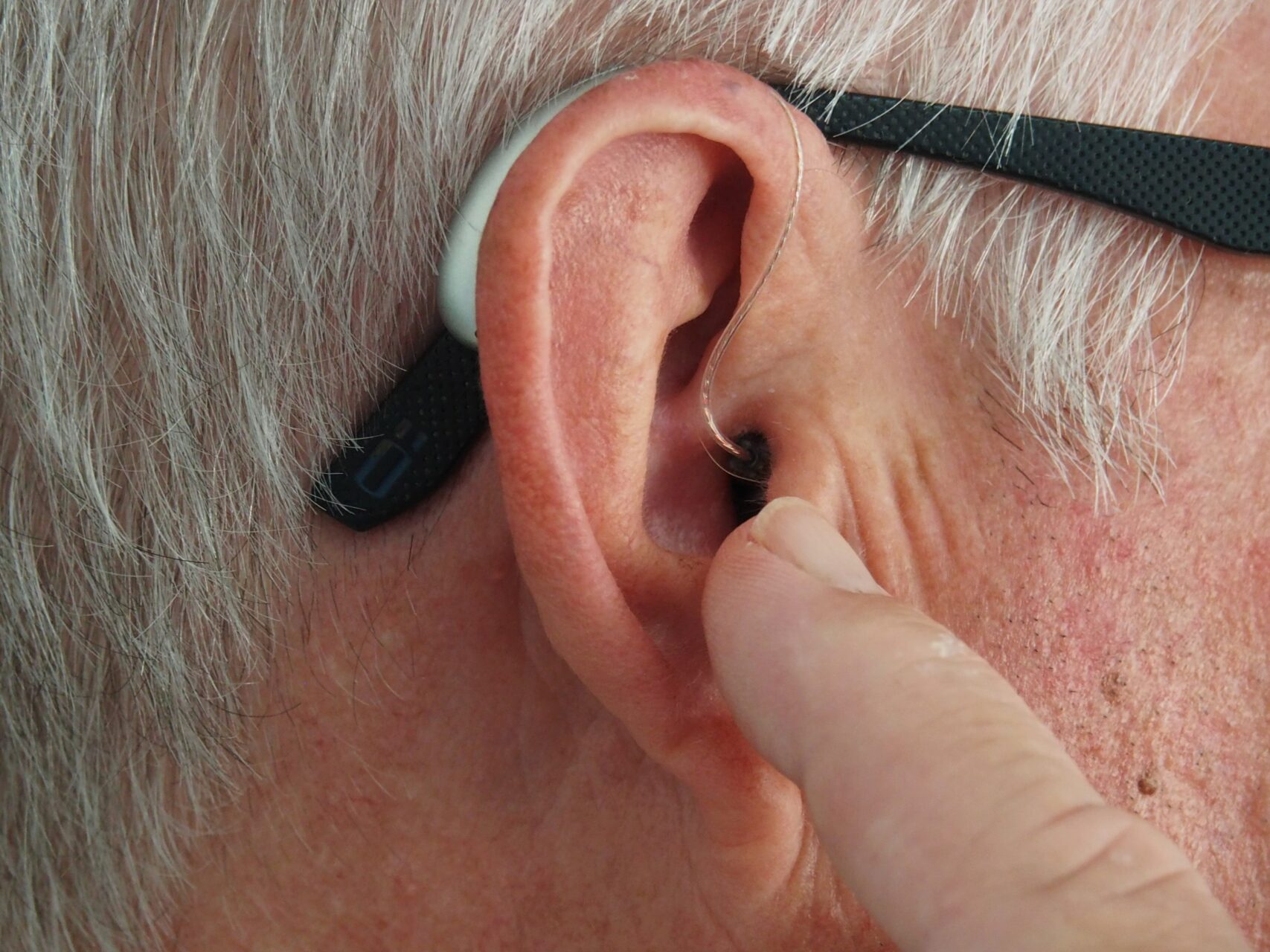Scientists discover gene that can reverse deafness

Researchers at Northwestern Medicine have discovered a master gene that will overcome a major roadblock in reversing deafness for hearing loss caused by aging, noise and certain cancer therapy drugs and antibiotics.
Scientists were not able to reprogram existing cells to develop into the outer and inner ear sensory cells prior to the discovery, only producing artificial cells that did not differentiate into outer or inner. The new gene, TBX2, programs these cells into either outer or inner hair cells. About 8.5% of adults aged 55 to 64 in the U.S. have disabling hearing loss.
“Our finding gives us the first clear cell switch to make one type versus the other,” lead study author Jaime García-Añoveros said. “It will provide a previously unavailable tool to make an inner or outer hair cell. We have overcome a major hurdle.”
Woman buys bust for $35, finds out its been missing from Germany since WWII

A centuries-old sculpture, bought by a Texas woman for $35 from Goodwill in 2018, was recently discovered to be missing from Germany since World War II.
The bust dates to the first century B.C. or first century A.D. and historians believe it may depict a son of Pompey the Great, who was defeated in civil war by Julius Caesar. Art experts believe the sculpture was taken by a German solider to the United States after it was last seen in Aschaffenburg, Germany. The San Antonio Museum of Art will temporarily display the piece until it is returned to Germany next year.
“We are very pleased that a piece of Bavarian history that we thought was lost has reappeared and will soon be able to return to its rightful location,” said Bavarian Administration of State-Owned Palaces, Gardens, and Lakes president Bernd Schreiber.
Six-year-old boy finds million-year-old shark tooth

A six-year-old boy in Britain found a four-inch long tooth of a megalodon which had been buried for at least three million years.
Sammy Shelton found the tooth with his dad Peter on Bawdsey Beach in Suffolk, England. The beach is a hot spot for finding shells and fossils. Fossil hunters told the father and son it’s rare to find megalodon teeth in Great Britain, even though they have been found nearly everywhere on Earth.
The little boy was proud of his discovery, even telling the BBC he sleeps with the tooth.
“Sammy was very excited as we’d seen fragments of shark teeth on the beach, but nothing as big and heavy as this,” Peter Shelton told the BBC. “Now that Sammy has found this it has really piqued his interest (in paleontology) and he took it to school to show his class.”




